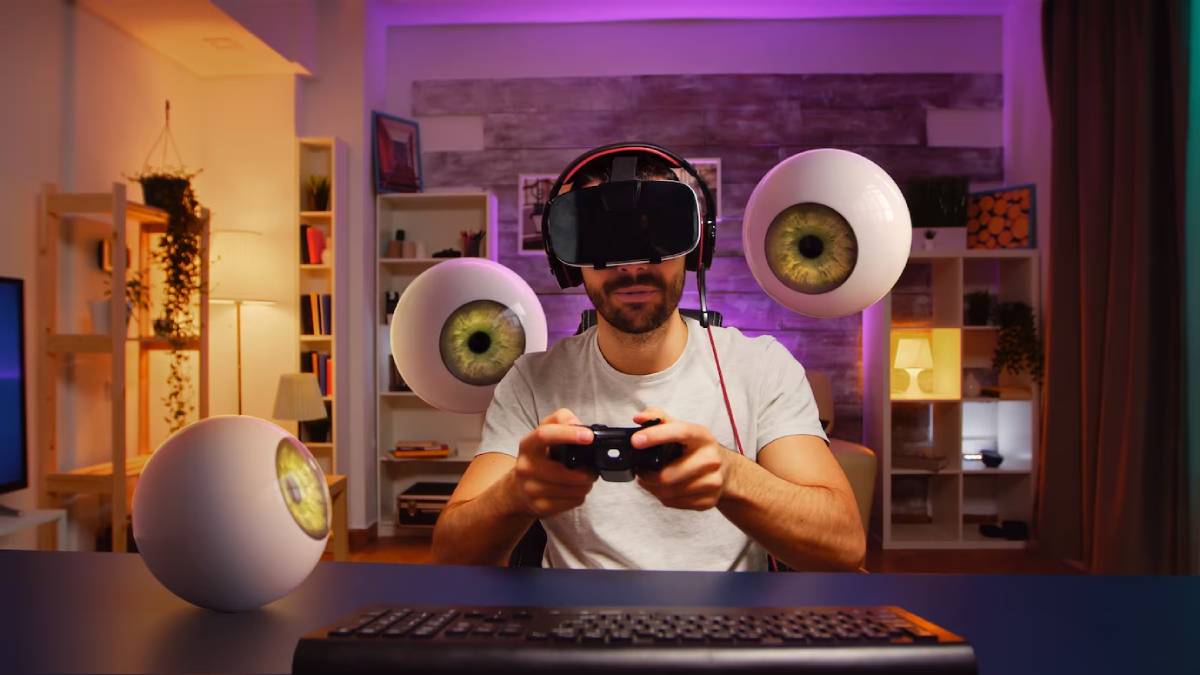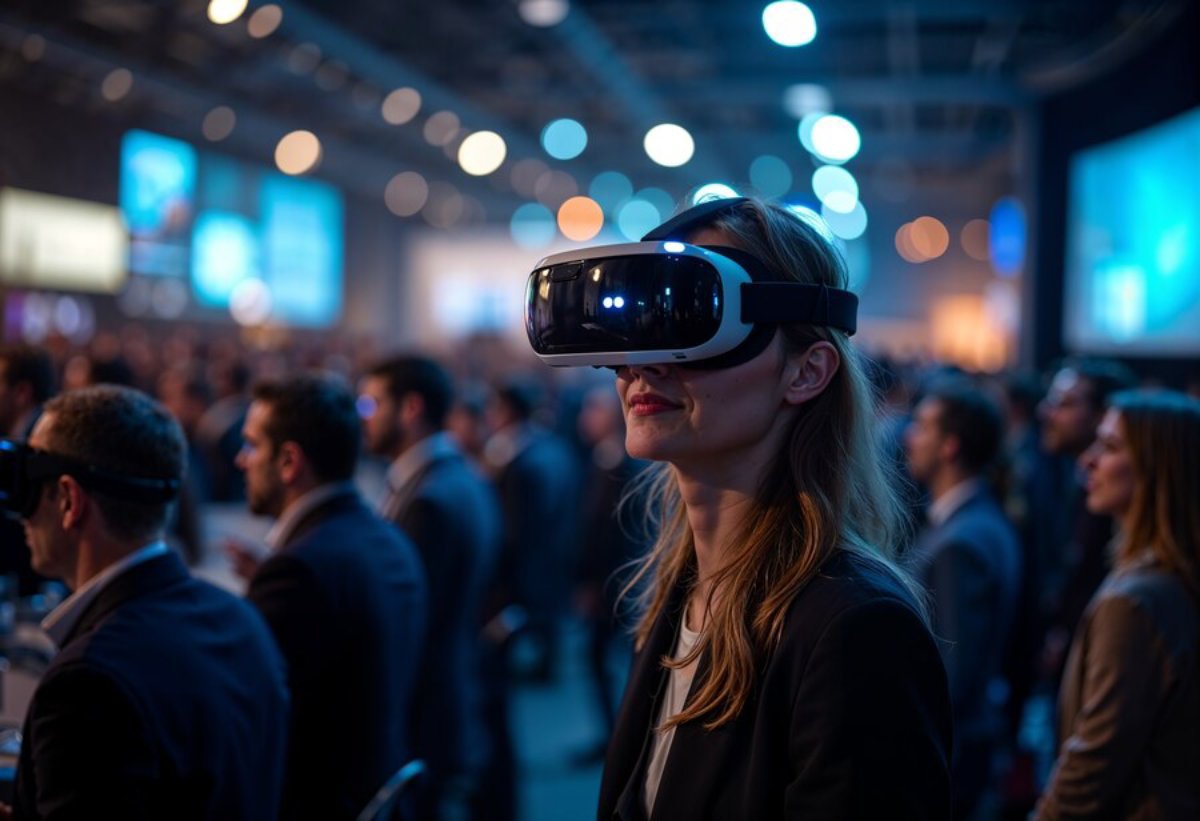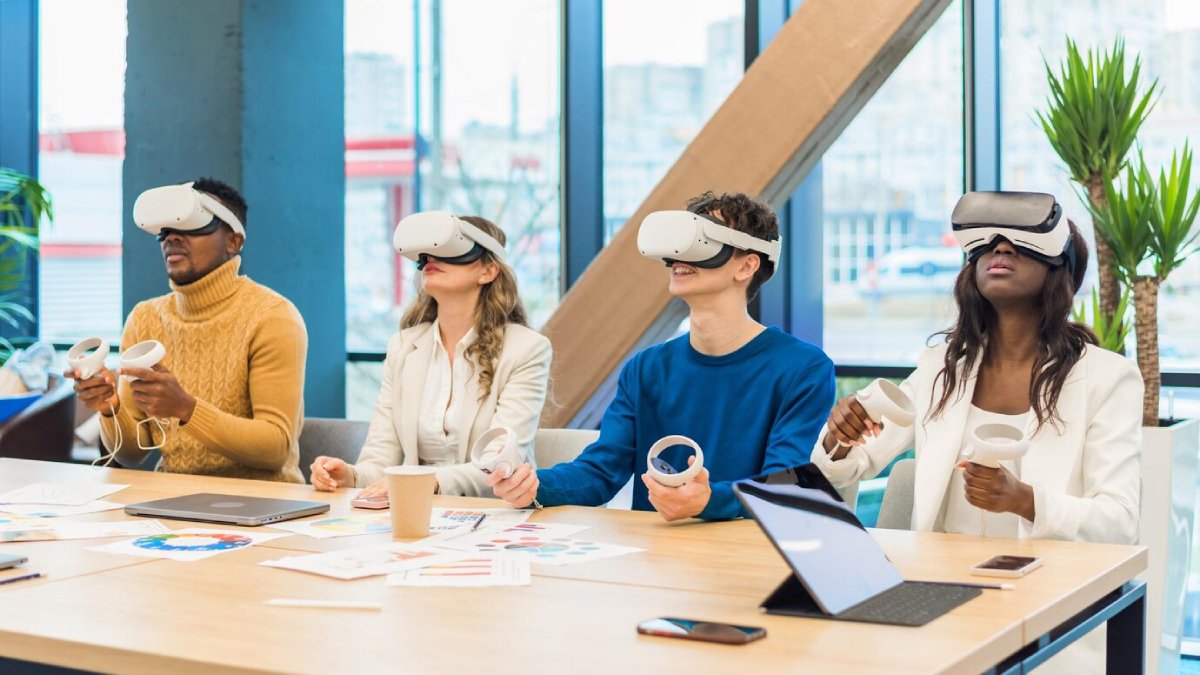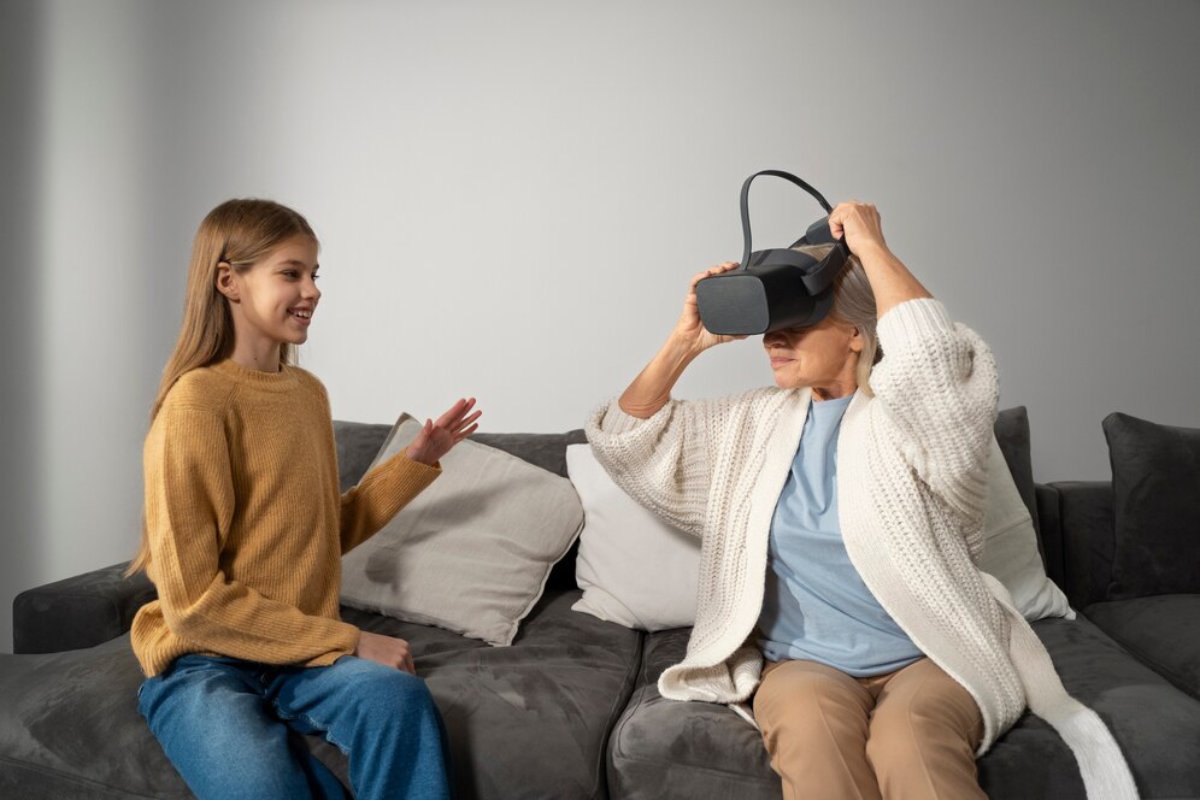
Making VR Inclusive: Advances in Accessibility Features
The advent of virtual reality (VR) technology has transformed the way we experience digital content. It provides immersive experiences that used to feel like science fiction. However, despite this, accessibility often seems to trail behind and leaves some users unable to truly enjoy VR. In this blog, we will discuss why VR accessibility is important, innovations in inclusive virtual reality , and adaptive technology that’s making VR more inviting. By the end, you’ll know the steps being taken to make VR accessible to all.
The Importance of VR Accessibility
VR should be accessible, so that everyone can explore virtual worlds. It’s not merely about meeting legal requirements — it’s about using technology as a tool of empowerment. For many, VR offers school, social and entertainment experiences that may not otherwise be possible. VR inclusivity breaks down the barriers and helps make the technology accessible to every consumer.
Enhanced Educational Experiences Accessibility is one of the prominent advantages of VR. For some children with disabilities, traditional classrooms can be challenging. VR can make learning individualised experiences, making education engaging and effective. It also offers a safe space for users to practice social skills, promoting independence that may be hard to achieve in real life.
Advances in Inclusive Virtual Reality
The journey toward inclusive VR includes exciting advancements in technology and design. Developers and researchers are focused on creating truly accessible VR experiences. Let’s look at some notable advancements in this field.
Haptic Feedback and Adaptive Controllers
Haptic feedback and adaptive control are major breakthroughs in VR accessibility. Haptic feedback lets users ‘feel’ virtual objects through tactile sensations. This is especially helpful for those with visual impairments, as it adds sensory input for better navigation.
Adaptive controllers from leading tech companies cater to various physical abilities. They can customised with different buttons and joysticks, allowing users to interact in ways that fit their needs. Customisation is essential for making VR genuinely inclusive.

Eye-Tracking Technology
Eye-tracking technology is another promising advancement in VR accessibility. It tracks user eye movements, allowing hands-free navigation, which is great for those with limited mobility. This also enhances realism by letting avatars mimic users’ eye movements, making interactions more natural.
Additionally, eye-tracking can adjust focus and clarity in real time, helping users with visual impairments enjoy a clear viewing experience. Though still developing, this technology shows great potential for broader accessibility in VR.
Spatial Audio and Visual Enhancements
Spatial audio technology significantly improves the VR experience for users with hearing impairments. It creates a 3D sound environment, helping users perceive sound direction and distance. This enhances immersion and provides important cues for navigation.
Visual enhancements, like high-contrast modes and adjustable text sizes, are also being added to VR systems. These features help all users engage comfortably with VR content, regardless of their visual abilities.
Expert Tips & Common Mistakes to Avoid
Creating inclusive VR experiences requires thoughtful design and a commitment to accessibility. Here are some tips to ensure your VR projects are as inclusive as possible and common mistakes to avoid.
Best Practices for Inclusive VR Design
- Incorporate Accessibility from the Start: Make accessibility a core part of your VR design process. This will help create inclusive experiences for diverse users.
- Conduct User Testing with Diverse Audience: During development, engage users with disabilities to gather feedback. This helps identify accessibility barriers and ensures truly inclusive experiences.
- Provide Customisation Options: Allow users to tailor their VR experience to their needs. This includes adjustable controls, visual settings, and audio options.
Common Mistakes to Avoid
- Neglecting Sensory Overload: VR environments can overwhelm some users, especially those with sensory processing issues. Offer options to adjust the intensity of experiences.
- Overlooking Physical Comfort: Ensure VR experiences are comfortable for all users. Consider headset and controller weight and ergonomics, and offer seated or standing options.
- Ignoring Feedback: User feedback is crucial for improving accessibility. Be open to suggestions and willing to make changes.
Advanced Insights and Expert Recommendations
As VR accessibility evolves, several insights and recommendations can guide the development of more inclusive virtual experiences.
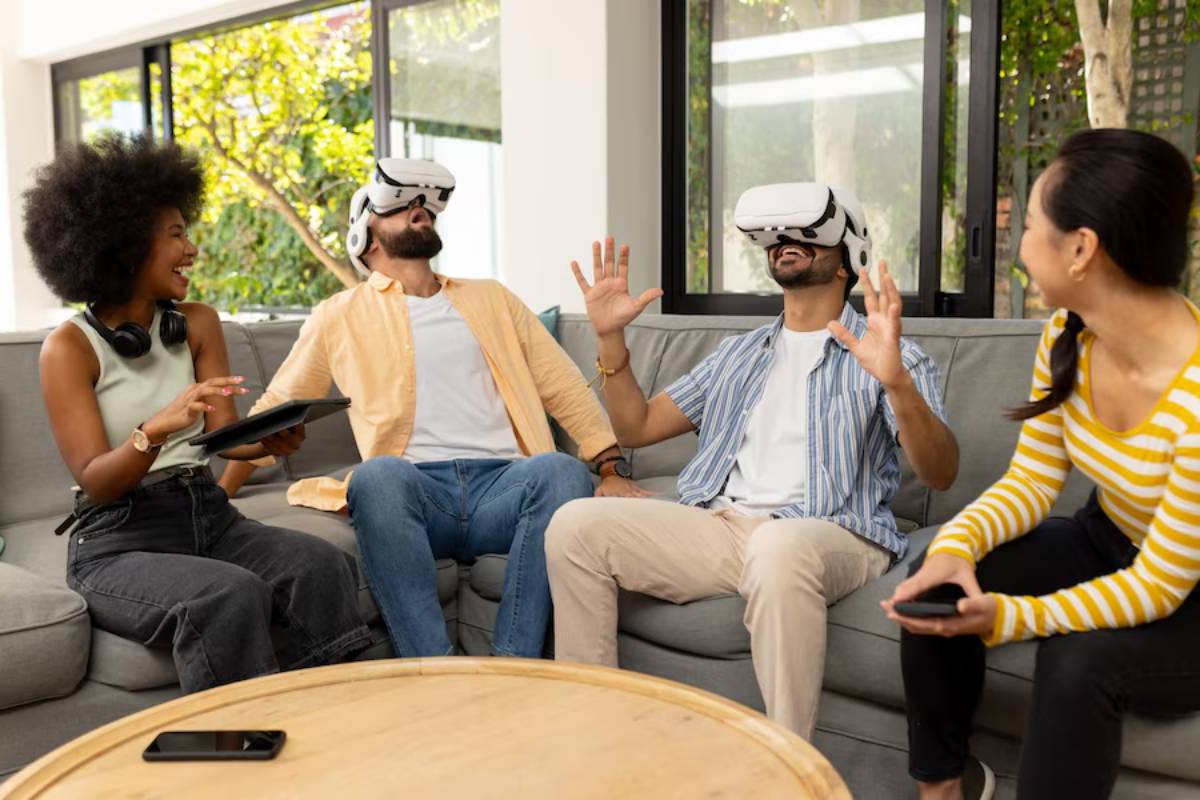
Embrace Cross-Disciplinary Collaboration
Creating inclusive VR experiences requires teamwork across various fields, including technology, design, psychology, and accessibility advocacy. Collaboration can lead to better accessibility solutions.
Stay Informed on Emerging Technologies
The world of VR accessibility is constantly changing, with innovations emerging regularly. Stay updated on the latest developments and be open to incorporating these technologies into your projects.
Advocate for Accessibility Standards
Advocating for industry-wide accessibility standards can ensure all VR experiences are inclusive. Work with industrial organisations to shape the future of VR accessibility.
The Path to a More Inclusive VR Future
The improvements in VR accessibility are helping to create and expand to a digital space in which no one gets excluded from experiencing virtual reality. Through adaptive technologies and inclusive design, we can utilise technology as an opportunity for empowerment. But as we continue to innovate and challenge boundaries, the possibilities for inclusive VR are limitless.
As we move forward, we are dedicated to accessibility and will continue to push for inclusive experiences. This way, one can ensure that VR is accessible for all, not just the physical abilities, and create a digital world that reflects our diverse communities.
What steps will you take to help create a more inclusive VR future? Share your thoughts and join the conversation on making virtual reality accessible for all.
